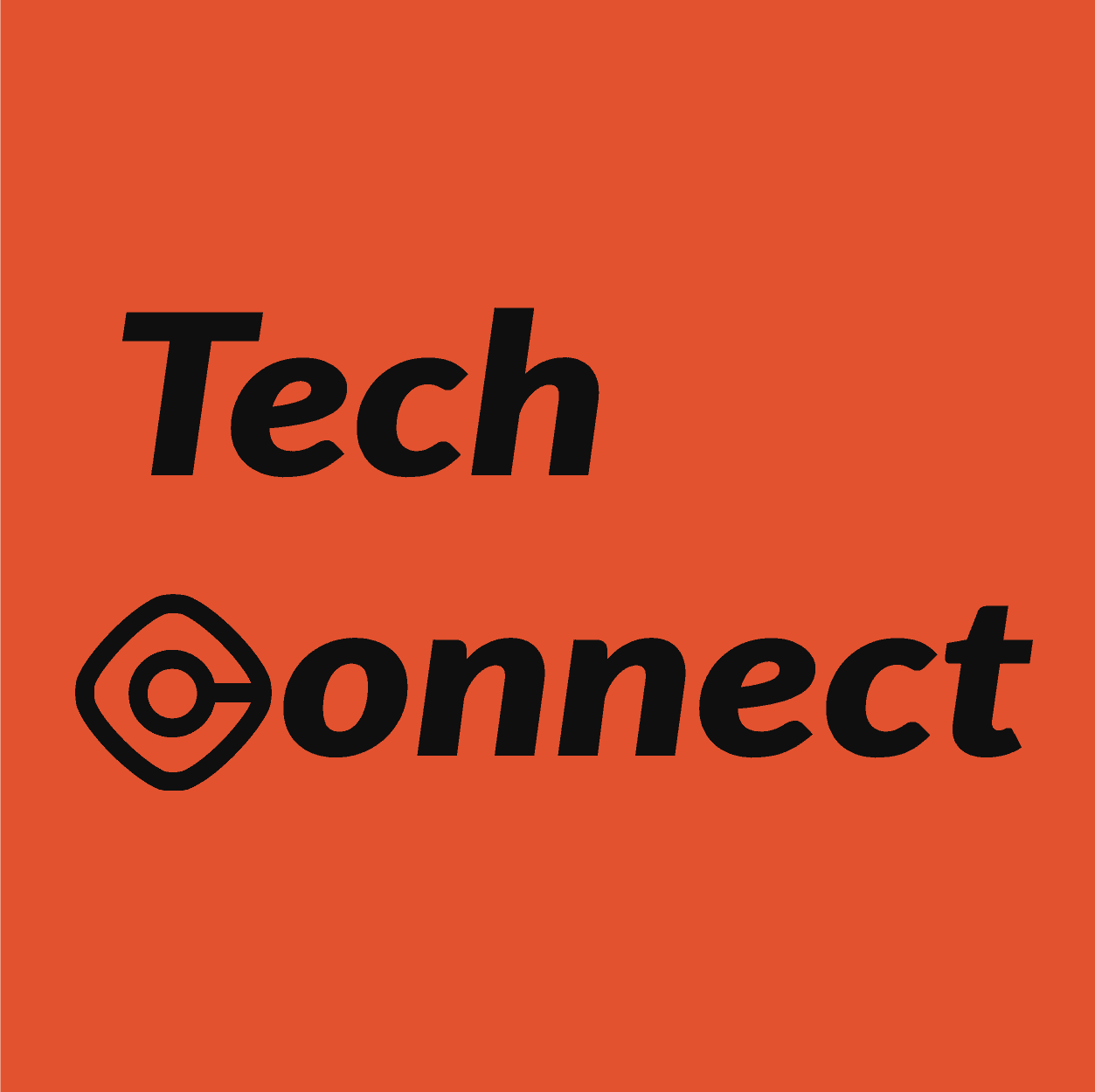So how can you drive business value using data?
Lately, I’ve found myself contemplating a crucial query: With data permeating every decision, how can we effectively sift through the noise and prioritise delivering enduring business value?
This week’s feature article is an excellent short read that covers the eight primary areas where data can make a real difference in your business, adding value. This is a complex issue with no simple solution. 😥
Ten Ways to Create Shareholder Value
Executives have developed tunnel vision in their pursuit of shareholder value, focusing on short-term performance at the expense of investing in long-term growth. It’s time to broaden that perspective and begin shaping business strategies in light of the competitive landscape, not the shareholder list.
It’s become fashionable to blame the pursuit of shareholder value for the ills besetting corporate America: managers and investors obsessed with next quarter’s results, failure to invest in long-term growth, and even the accounting scandals that have grabbed headlines. When executives destroy the value they are supposed to be creating, they almost always claim that stock market pressure made them do it.
The reality is that the shareholder value principle has not failed management; rather, it is management that has betrayed the principle. In the 1990s, for example, many companies introduced stock options as a major component of executive compensation. The idea was to align the interests of management with those of shareholders. But the generous distribution of options largely failed to motivate value-friendly behavior because their design almost guaranteed that they would produce the opposite result.
To start with, relatively short vesting periods, combined with a belief that short-term earnings fuel stock prices, encouraged executives to manage earnings, exercise their options early, and cash out opportunistically. The common practice of accelerating the vesting date for a CEO’s options at retirement added yet another incentive to focus on short-term performance.
Evolution of the Data Landscape
The article follows the story of evolution in the data space through the lens of evolutionary patterns. It talks of the state of significant milestones in the evolutionary journey, their achievements, challenges, and the next milestone that solved those challenges. The article comes from both a business and technical perspective, owing to the persona of the authors.
The data domain has matured profusely and has come a long way since the advent of thick files in the basement. The journey has been nothing short of fascinating and equally thrilling as the software revolution. The good part is we are right in the middle of the data revolution and have the opportunity to witness it first-hand.
We were staring at completely different problems 5-10 years ago, and today we are staring at a completely new set. Some sprung up as a consequence of the Cambrian explosion of data, and some surprisingly originated as a consequence of the solutions devised to solve the initial problems.
This led to many transitions across a plethora of data stacks and architectures. However, what stood out were three simple yet fundamentally pivoting stacks: The Traditional Data Stack, the Modern Data Stack, and the Data-First Stack. Let’s see how that played out.
What are AI Ethics, Principles and Governance?
The rapid advancement and pervasive integration of AI systems for consumers and businesses pose both opportunities and challenges. While AI offers tools of convenience and efficiency, it also brings forth issues of trust, bias, accountability, and fairness that must be addressed.
In a few short years, artificial intelligence (AI) has developed from a burgeoning technology to become an everyday tool for billions of people. Yet in addition to the emerging popularity of these resources accompanies the worry surrounding AI ethics.
AI is showing no signs of slowing down, with the rise of AI chatbot tools like ChatGPT, which currently has amassed more than 1 billion monthly page visits, to businesses in all industries increasingly embracing AI-backed tools and solutions.
Despite this, according to the Accenture Tech Vision report, just 35% of consumers trust how AI is being deployed by businesses. At present, more than three-quarters (77%) of consumers believe companies that misuse AI should be held accountable.
How to Leverage Edge Computing to Get the Most out of Enterprise IoT Solutions
The Internet of Things significantly stirs up interest in the topic of edge computing in recent years.
The fact is that edge computing has high hopes for unleashing the potential of ever-increasing volume of data that is produced by IoT devices. By 2025, this volume is expected to reach a whopping 73.1 ZB, but to extract value from it, data flows respectively need to be competently allocated, managed, and analyzed. Edge devices might be helpful here.
As statistics show, edge computing is already used in most IoT applications in one way or another. Going beyond routers and firewalls, edge computing allows you to perform smart automation and predictive maintenance, optimize the data lifecycle and, therefore, reduce costs. Although the intelligent edge is a new application, it is already possible to take a closer look at how it manifested itself within industrial, transportation, healthcare, and other common Enterprise IoT solutions to get the most out of it.
In this article, PSA figures out which environments require edge computing, which cases of IoT + edge tandem are the most promising, and how to distribute working loads competently over IoT ecosystem.
Replacing vs. maintaining legacy systems
Understanding issues such as which systems hinder organizational performance can help IT leaders decide which legacy systems to replace and which to maintain.
Few CIOs escape the complexity of deciding whether to maintain legacy systems or replace them altogether. The right choice, as with most things in life, is: It depends.
IT leaders might want to replace a legacy systembecause of outdated hardware, increased security risks or a desire to enable a digital transformation initiative. But replacing existing systems isn’t always in the company’s best interest. Legacy systems can remain in place if the existing system is reliable.
CIOs and IT leaders should consider the benefits and challenges of replacing vs. maintaining legacy systems.
Article by @TTBusinessTech
Data infrastructure improvements to support advanced analytics require significant investment. To get buy-in, show how data analytics contribute tangibly to business value.
Buy-in starts with visualising the value data analytics bring to organisations. At a high level, it’s all about saving money in some places and generating revenue in others. There are many ways to do both, from enhancing productivity to capturing new opportunities and monetising data.
Here are eight practical aspects of how data analytics can contribute to business value, identified by industry experts, for organisations to target:
- Productivity enhancement.
- Business goal alignment.
- Better data management.
- Problem solving.
- Faster communication.
- Data monetisation.
- Growth opportunities.
- Personalisation.
Check out real-world examples of these benefits and tips on how to achieve them.
THE DIGITAL EYE
I hope these articles are valuable.
I am passionate about technology, and I want to share that passion with you. I believe that it’s essential for everyone to stay up-to-date on the latest trends, so I’ve set out to cover all aspects of the industry – from data analytics to blockchain and AI.
Please let me know if you want to see any other topics covered, and I would appreciate your help sharing this blog with others interested.



